
Charles Casillo’s 2018 biography, Marilyn Monroe: The Private Life of a Public Icon, has now been published in Croatia, with a new cover photo showing a contemplative Marilyn in 1962. (You can read my review here.)
Marilyn Monroe 1926-1962

Charles Casillo’s 2018 biography, Marilyn Monroe: The Private Life of a Public Icon, has now been published in Croatia, with a new cover photo showing a contemplative Marilyn in 1962. (You can read my review here.)
![]()
Charles Casillo will be discussing his latest book, Marilyn Monroe: The Private Life of a Public Icon, at the Manhasset Public Library, New York, on Thursday, March 14, at 7:30 pm. (You can read my review here.)
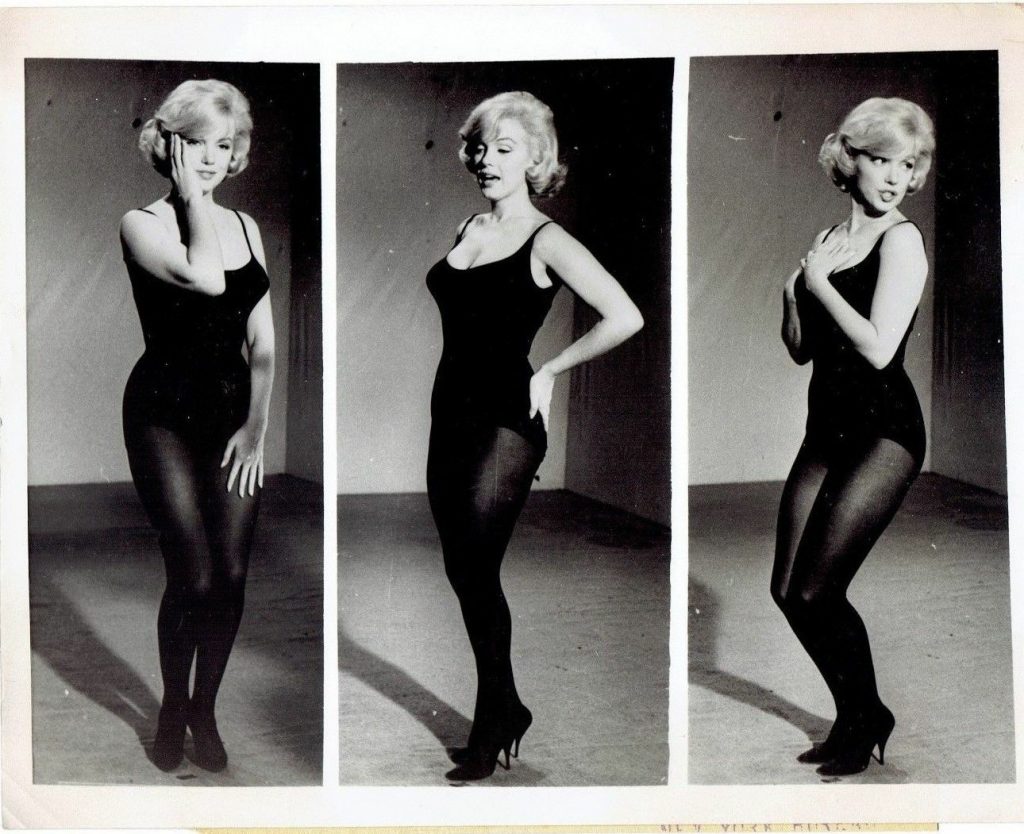
A wide-ranging essay about Marilyn, encompassing Charles Casillo’s recent biography and comparisons to Hedy Lamarr (and much more), has been posted by David Herrle on his Bookolage blog.
“Sure, many might consider the gulf between Hedy’s public image and her intellectual/scientific passions to be wider than Marilyn’s, teaming up with George Antheil in an invention frenzy and belting out detailed ideas such as breakthrough spread-spectrum technology utilized by the Navy, but Marilyn was much more of a reader and a curiouser cultural dabbler/explorer – and she was…get ready to groan…headier about acting. I think Marilyn had more of a genuine artist in her, and I think her frustrations and pain were of the artists’ brand. But still. She excelled as living art, as bathetic (and perhaps offensive) as that term is.
Marilyn’s despondent spells, her hang-ups, and her fears and sublimations have been categorized as darkness, but I consider the woman essentially a creature of light and an evoker of light for others – including us, and I’m fascinated by the profound light metaphors that were and are so often used about her. ‘I could massage her in the dark because her body gave off light,’ said masseur Ralph Roberts. Henry Hathaway, who directed Marilyn in Niagara, said that she was ‘bright, really bright…naturally bright.’ And in reference to her role as Lorelei Lee in Gentleman Prefer Blondes, Charles Casillo writes that ‘she absolutely glows. Her inner light is so radiant that it’s difficult to believe anything dark ever happened to her – you don’t want to believe it, yet you know there’s darkness there.’
A common assessment is that Marilyn gradually disintegrated throughout her life, but perhaps that’s not quite correct. There must first be integration for disintegration, and I think it’s safe to guess that Marilyn was never integrated, never in any equilibrium, never in a steady orbit around a definite self which could be nourished properly, let alone allowed to burgeon and deepen. I like to imagine that living to old age would have benefited her rather than gradually destroyed her, as the common prediction goes. In my relatively limited knowledge, I think that more time might have provided space for her to hone her cultural interests, refine her poetry, ripen her life philosophy. I can picture her exclaiming like Margaret Fuller once did: ‘I feel within myself an immense power, but I cannot bring it out!'”
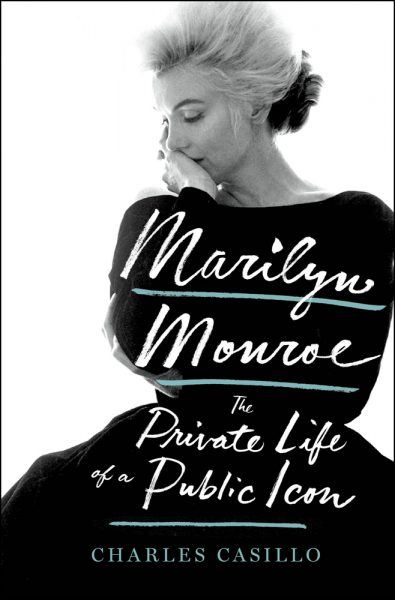
You can read my review of Charles Casillo’s Marilyn Monroe: The Private Life of a Public Icon here.
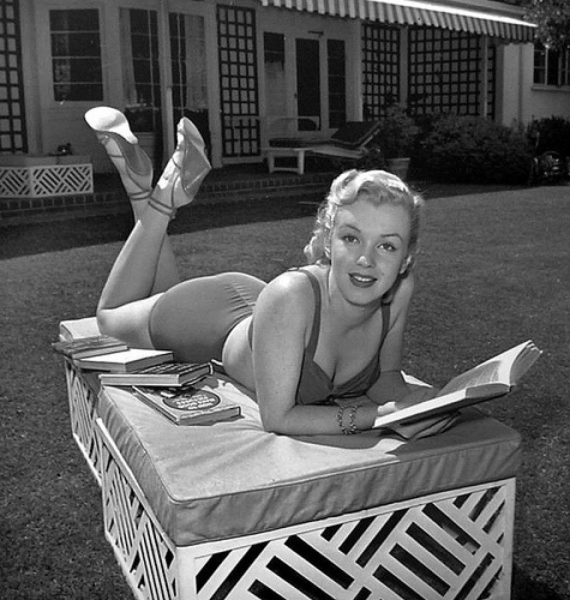
Film historian Antti Alanen has reviewed Gary Vitacco-Robles’ comprehensive 2014 biography, Icon: The Life, Times and Films of Marilyn Monroe, on his Film Diary blog.
“Where others read detective fiction I read Marilyn Monroe books. Because of their wildly incompatible approaches they have to be taken with a Rashomon attitude. But I have not been diligent recently and thus have missed the best, Gary Vitacco-Robles’s Icon, in two volumes and almost 1600 pages. It is by far the best Marilyn Monroe biography ever …
I should be familiar with the material as my interest now dates back 40 years, but Vitacco-Robles manages to surprise me on each page. There is a lot of new detail, and from his meaningful interpretation a new portrait emerges. Vitacco-Robles’s approach is sober, but his achievement is ‘A Passion of Marilyn Monroe’. He has a sense of the epic in this story, and psychologically he seems to get deeper than anyone else. This book is a hard act to follow.”
Meanwhile, Charles Casillo’s Marilyn Monroe: The Private Life of a Public Icon has been favourably reviewed by Kevin Howell at Shelf Awareness.
“Billy Wilder said Marilyn Monroe was ‘a puzzle without any solution,’ but biographer and novelist Charles Casillo has dug deep … [he] does an outstanding job of sifting through conflicting testimonies … Monroe’s sad but fascinating life has been told many times before, but Casillo’s sympathetic and psychologically nuanced Marilyn Monroe bio is compulsively readable.”
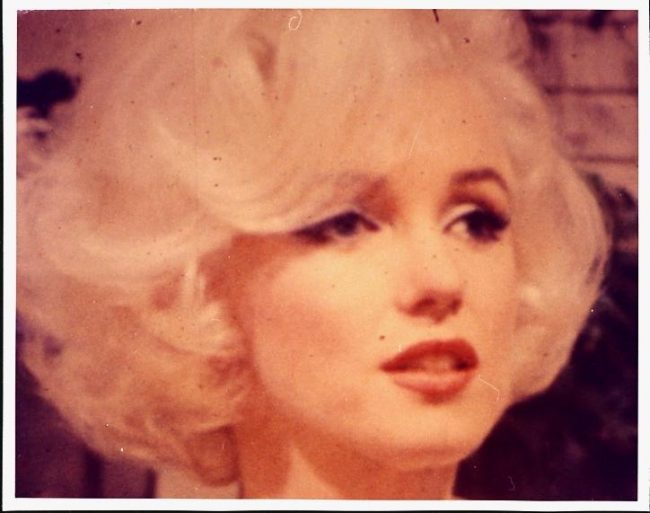
Gene Walz, a professor in English and Film Studies at the University of Manitoba, has reviewed Charles Casillo’s new biography, Marilyn Monroe: The Private Life of a Public Icon, for the Winnipeg Free Press. (I’m currently reading this book, and my own review will follow in due course.)
“Marilyn Monroe: The Private Life of a Public Icon, meanwhile, is Charles Casillo’s second Monroe book — his first being The Marilyn Diaries (1999, expanded 2014). That book was a novel purported to be the star’s personal diary. This second one is a sympathetic biography with a substantial bibliography (500 book entries and multiple footnotes). While it contains no Earth-shaking new insights, it’s a serious, commendable study.
This is not a Cinderella story. Not just because Monroe was insecure, terribly needy and never truly happy, but because very few men in her life were princes — and that’s what she so desperately wanted and needed. Certainly not Fox’s executives, who had little respect for her talent … In addition to the un-prince-like men, there were some ‘wicked stepsisters’ as well.
Monroe was not a dumb blonde, as she is elsewhere presented. She was a woman with a quick wit and genuine humour, a gifted and sensitive writer as well as a thoughtful, hard-working actor who wanted to be taken seriously. Her notorious lateness and absences on movie sets were not because she was a prima donna, but because she was a manic depressive wracked by suicidal self-doubt and despair. Her talents and needs were rarely honoured by the people around her. Casillo’s book attempts to rectify this wrong. Marilyn Monroe: The Private Life of a Public Icon is like a massive quilt of a book, assembled artfully from other resources and his own interviews. It’s the latest ‘last word’ on the undeniable, unforgettable, but misunderstood star. It’s a readable refresher course for those caught up in Monroe idolatry, providing some new dimensions to her mythic life.”

Charles Casillo’s new biography, Marilyn Monroe: The Private Life of a Public Icon – released in the US today – has already attracted quite a few headlines, with some fans concerned that it will be overly sensationalised. In his extensive review for New York Social Diary, Denis Ferrara suggests that most of these detractors ‘know nothing’ about who Marilyn really was.
Personally, I don’t think that’s entirely accurate – many well-informed fans are understandably worried about the way she is portrayed, and after all, Monroe has been misrepresented by many.
At the same time, however, I’m a firm believer in reserving judgement on any book until you’ve read it from cover to cover. As a fellow author, I know there’s nothing worse than having your ideas dismissed without a fair hearing. And the mass media will always focus on the more scandalous aspects of any biography.
Also, in my own acquaintance with Charles I’ve always found him thoughtful and sensitive, and I fully intend to read his take on Marilyn with an open mind. So without further comment, I’ll leave you with this excerpt from Dennis Ferrara’s comprehensive first review.
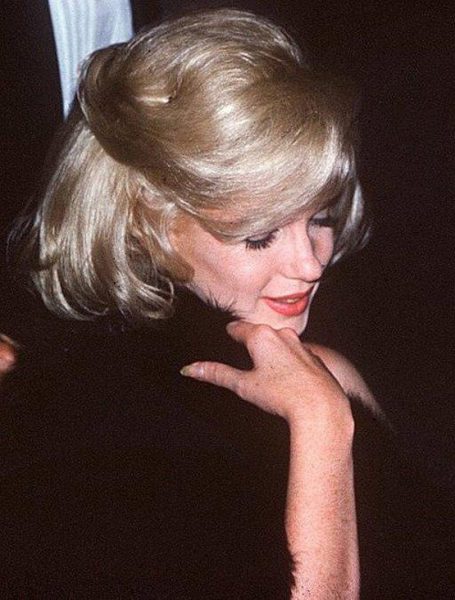
“The Private Life of a Public Icon covers familiar territory — how could it not, 56 years and probably a thousand books since her death? But Casillo charts her life, particularly as she felt her youth and career slipping away, with the precision of a great surgeon and the sympathetic expertise of a therapist who knows his patient is on the precipice, but is helpless to save her.
The shattered nature of Monroe’s psyche — ruinously formed by her disordered and disconnected childhood (the unstable mother, absent father, foster homes, orphanages, abuse) runs through the book like a volcano-red warning sign. But as Casillo notes over and over again — despite every single person who was close to her, knowing of her fragility — her ability to rise spectacularly, like a wounded phoenix, in both her personal and professional life, muted concern, or forced her friends to accept her as she was, and hope for the best.
But when had it been otherwise? No one who knew Marilyn intimately would have ever said, at any time. ‘She’s such a happy girl’ — although she was capable of summoning up an infectious, joyful façade. It was her own disapproval of herself, her self-loathing that drove her to excel and reach ever up and beyond. (She could call on Isak Dinesen, Truman Capote and Carl Sandburg as friends.) Her struggle was heroic, and her accomplishments are ill-served when placed in the mode of inevitable failure and victimization. (As Casillo notes, she was used, but she used as well, and her rages, when she felt betrayed, were towering.)”
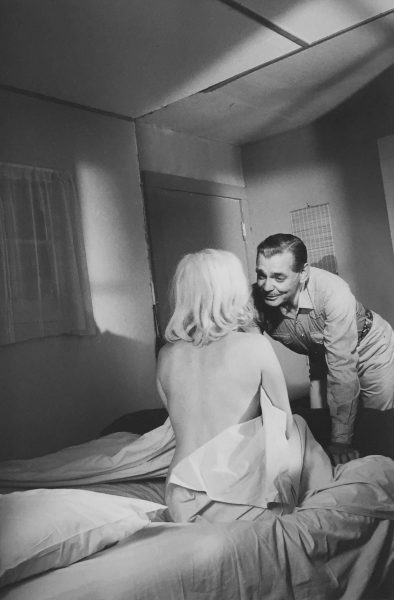
A briefly nude scene from The Misfits – cut by director John Huston – may have survived, according to Charles Casillo, author of the new biography, Marilyn Monroe: The Private Life of a Public Icon.
Still photos attest that Marilyn was indeed semi-nude in the bedroom scene, in which stayed in the movie after being edited. She wanted to keep the footage intact, but Huston dismissed the idea. Marilyn was more attuned to the mood of the times, as minor nudity was already becoming commonplace in films made in Europe.
Dalya Alberge reports for the Daily Mail …
“Charles Casillo interviewed Curtice Taylor, son of the film’s producer Frank Taylor, and was taken aback to learn that he has kept the footage in a locked cabinet since his father’s death in 1999.
Mr Taylor said: ‘A lot of times, unused takes were destroyed. But Frank Taylor believed that it was so important and so ground-breaking that he saved it.’
The footage, with sound, lasts about 45 seconds. Curtice Taylor, a photographer and teacher, understands why his father was so keen to include it: ‘It’s much more passionate.’
He said: ‘So Gable’s fully clothed. He comes into her bedroom. She’s asleep. He caresses and kisses her neck, turns her face around and gives her a good lip-lock. That exists in the scene in the [final] film – but not to the passionate degree of this one, which is much better. The smile on her face when he’s kissing her shoulder is just sublime.’
After Gable leaves the room, Ms Monroe holds up the sheet to put on her blouse. Mr Taylor believes that she dropped it partly due to her training as a method actress.
He said: ‘Why would a woman sitting up in bed, with nobody in the room, pull the sheet up and then try to put a blouse on at the same time? It makes no sense. So she just drops the sheet. I think it’s one of the reasons she did this. There are quite a few takes of this scene. Whenever she dropped the sheet, which she did a few times, Huston would say “Cut, remember the sheet, Marilyn”.’
Mr Taylor was surprised that the footage is an edited sequence, and wonders whether the censors had insisted on its removal.
He attended the shoot at just 13-years-old, and said he remembers Ms Monroe talking to him and asking him to do ‘little favours’. He said: ‘She’d give me $5 to go get something.'”
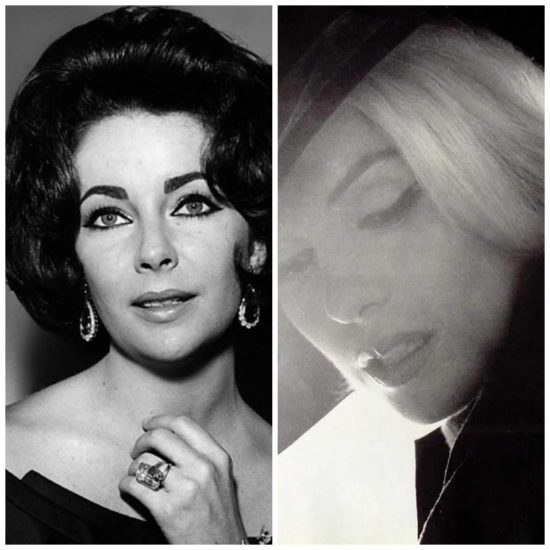
In Charles Casillo’s new biography, Marilyn Monroe: The Private Life of a Public Icon – due out this month – he claims that Marilyn’s alleged rivalry with Elizabeth Taylor was a myth, as Closer reports. His source isn’t named here but hopefully the book will tell us more, as it’s a nice story. (And you can read my tribute to Marilyn and Elizabeth here.)
“They were two of the biggest female sex symbols of the 50s and early 60s, but Marilyn Monroe and Elizabeth Taylor didn’t consider each other competitors. ‘In many ways [they] were pitted against each other by the press,’ Charles Casillo writes. ‘In reality, they barely knew each other, and the two had no animosity toward each other.’
Quite the opposite! Casillo writes of an incident in 1962, when 20th Century Fox was bleeding money on Liz’s over-budgeted extravaganza Cleopatra. The studio simultaneously fired Marilyn for alleged absences from the set of her never-completed final film, the aptly titled Something’s Got to Give.
Marilyn felt she was being sacrificed so Fox could save on her salary and spend it on finishing the bloated Egyptian epic. Two decades later, Liz revealed to a friend that she had reached out to Marilyn to offer her support during this difficult period.
‘Liz told Marilyn she was willing to publicly demonstrate her solidarity,’ Casillo says, offering to quit Cleopatra unless Marilyn was rehired. ‘Marilyn was very moved by Liz’s kindness toward her, but she didn’t want to make matters worse for either of them,’ so she declined the generous offer.
Instead, Liz gave Marilyn an invaluable piece of advice. ‘No matter what they write about me, Marilyn, I never deny it,’ Casillo quotes Liz as saying. ‘I never confirm it. I just keep smiling and walking forward. You do the same.’ Tragically, Marilyn didn’t live long enough to put those words into action.”
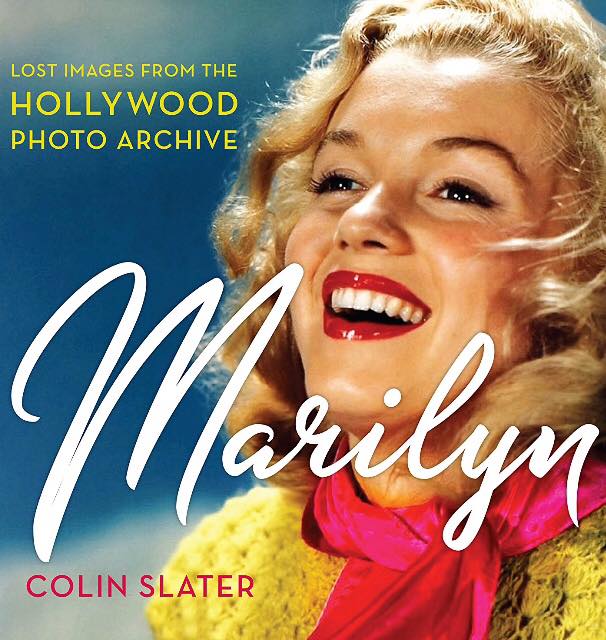
2018 is shaping up to be another great year for Marilyn’s book-loving fans. Marilyn: Lost and Forgotten, featuring 150 images from Colin Slater’s Hollywood Photo Archive, is set for publication in October. For those who can’t get enough of those classic Hollywood beauties, a companion volume – Venus in Hollywood: Portraits from the Golden Age of Glamour – is due in November.
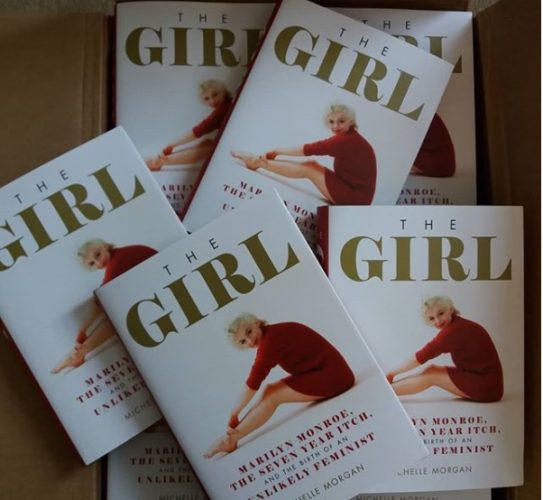
Michelle Morgan’s latest book, The Girl: Marilyn Monroe, The Seven Year Itch, and the Birth of an Unlikely Feminist, will be published in May. For the latest updates, follow Michelle’s blog here.
![]()
Marilyn Monroe: The Private Life of a Public Icon, a full-scale biography by Charles Casillo, will follow in August.
Looking further ahead, Amanda Konkle’s Some Kind of Mirror: Creating Marilyn Monroe, a scholarly look at her film performances, will be published in February 2019. (Only the Kindle version is available for pre-order as yet.)
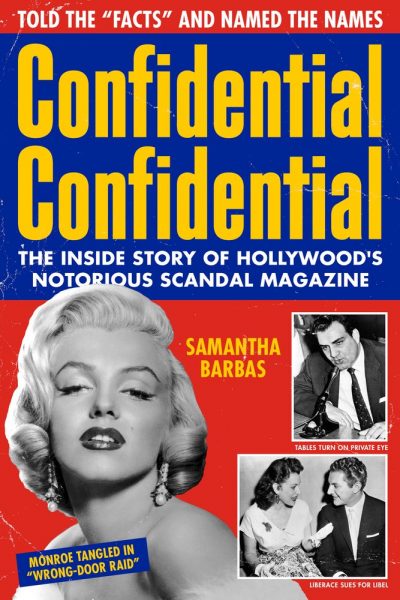
In related interest, Marilyn graces the cover of Samantha Barbas’ Confidential Confidential: The Inside Story of Hollywood’s Notorious Scandal Magazine, due in September. (The notorious ‘Wrong Door Raid’ is also featured in Jim Heimann’s Dark City: The Real Los Angeles Noir, just published by Taschen.
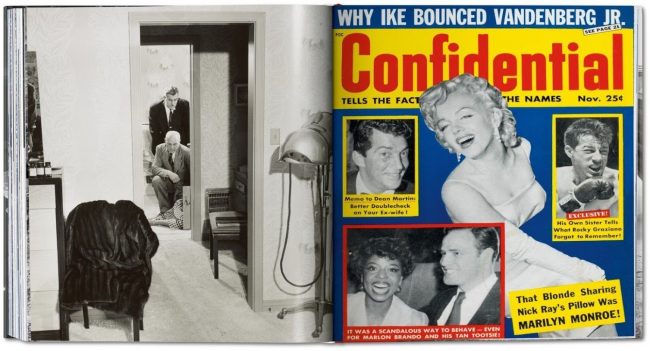
Reno, a 2016 play by Roy Smiles about Marilyn’s conflicted relationships with husband Arthur Miller and director John Huston during the tumultuous filming of The Misfits, will be published shortly by Oberon Modern Playwrights (the Kindle version is currently available for pre-order.)
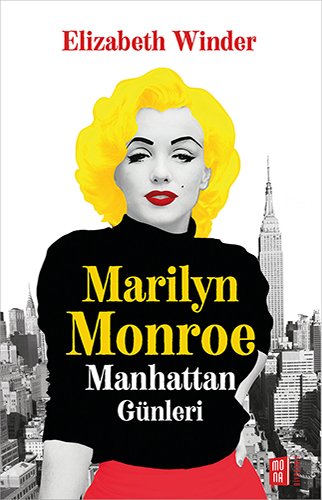
And finally, Elizabeth Winder’s Marilyn in Manhattan is now available in Turkish; and Marilyn Monroe: 1926-1962, a new study of her untimely death by Eva Enderström, has been published in Sweden.